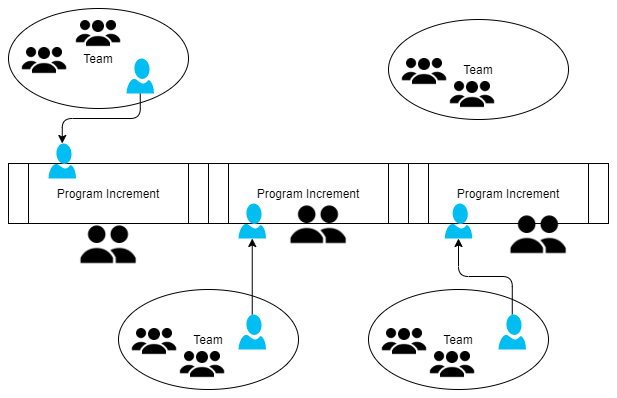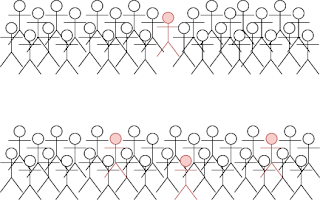Docker on Azure PaaS - Tika Parser

Azure PaaS services are an example of how the cloud has raised the raised the bar in the commodity platform space. More functionality is baked into the platform and less has to be built by software developers and enterprises. Some of the PaaS tenants are that it should be simple to scale-up and scale-out. Networking should be simple and port exposure should be simple. Microsoft has at least 3 different Container services with different levels of PaaS-ness. They appear to be targeted more at Enterprise customers than the original SMB oriented PaaS services. It may be that the original ones just didn't support enterprise security, networking and other needs. Tech Comments The demonstration deploys a Tika Parser, Java Docker container running on each Azure Linux Docker PaaS services. Microsoft's move towards explicitly containerized PaaS services has both improved and degraded this model. Sample Scripts Use these scripts to experiment with Java Linux deployments on Azure P




